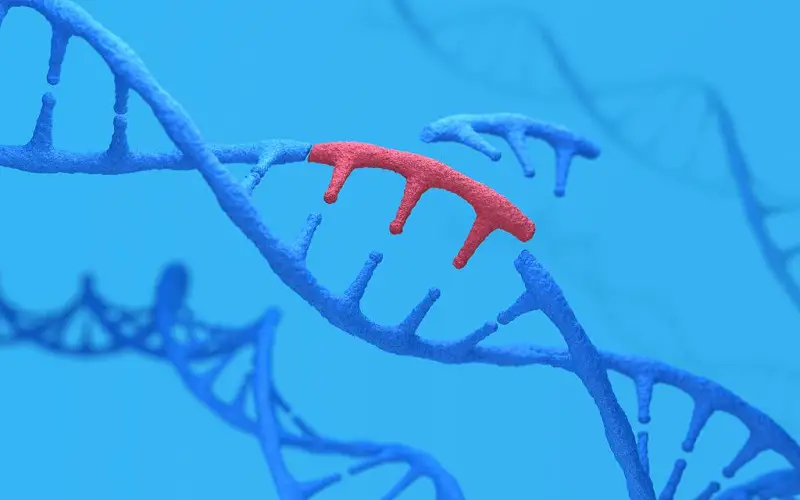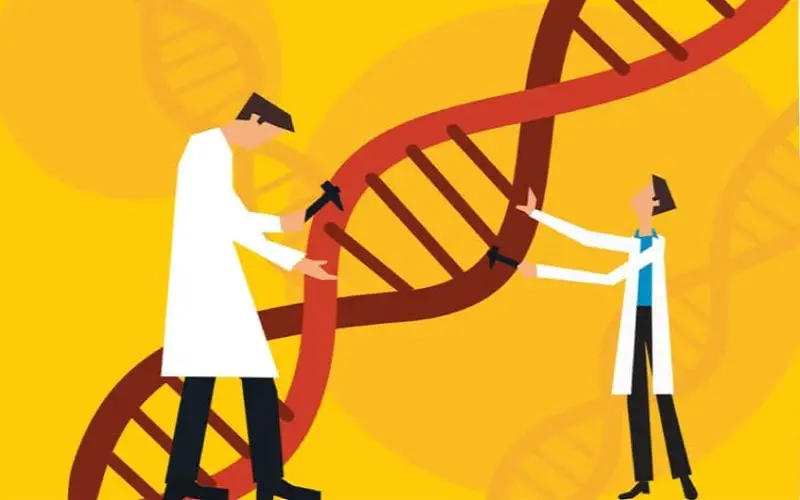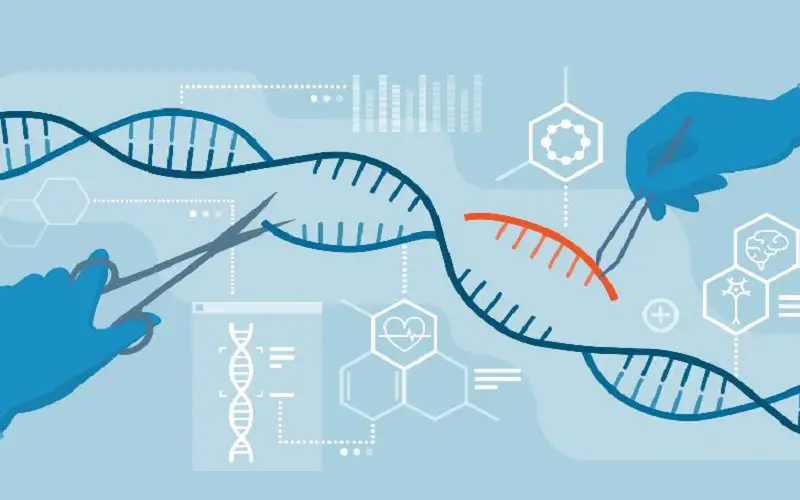The method of genetic engineering developed from molecular biology resulted in significant improvements in fields of biological study, fundamental and applied. Some genetic engineering approaches are explained with successes made possible by these technologies. The gains in real science are significant, including key discoveries in genetics and a greater understanding of biological systems and processes through genetics.
1. First Genetically Engineered Human Drug – Synthetic Insulin
Genentech in the biotech game for 40 years, Dennis Kleid helped the world’s first genetically designed medication insulin in the market for humans. Insulin has been used to treat Type I diabetic patients for over a century. Insulin extracted from animals, and it is identical to human insulin. A synthetic substitute is required as a watershed point in Genentech’s history for genetically altered pharmaceuticals authorized for human consumption.

2. Discovery Of Zinc Finger Nuclease
The discovery of zinc finger nucleases boosted gene-targeting efficacy in various ways. Zinc fingers aid the recognition of DNA, allowing ZFNs designed for a wide range of genomic targets found in different types of cells and species. The DNA-cutting enzyme FokI is fused to the ZFN DNA binding domain to construct genomic scissors that cleave DNA at a specific place, generating a double-stranded break in the DNA. A percentage of the cells undergo homologous recombination if the repair template is co-transfected into the cell.

3. Discovery Of The Principles Of Crispr
Francisco Mojica discovered the principle of CRISPR working with bacteria in the Santa Pola marshes when he noticed that parts of the DNA in the bacteria repeated many times, with common spaces in between. The premise led to numerous advances in DNA research over the next decade, propelling CRISPR gene editing to the forefront of genetics research.

4. First Induced Pluripotent Stem Cells
Another finding during this period was stem cell research. Pluripotency is the ability to develop into any cell type, and maintained by embryonic stem cells. Using stem cells to create medicines required the separation of cells from IVF embryos. These iPSCs develop into cell types that the researchers wanted to study.

5. Human Insulin
Genetic engineering, known as genetic alteration, uses biotechnology to manipulate an organism’s DNA. Human insulin is given to synthetic insulin created in a laboratory to imitate human insulin. Human insulin synthesized in a laboratory by cultivating insulin proteins within E. coil. The human insulin gene is integrated into the genetic makeup of these microorganisms during the manufacture of human insulin by bacteria. The mutated bacteria proliferate and generate insulin-producing bacterial lineages.

6. Discovery Of Talens
The second generation of designer nucleases, transcription activator-like effector nucleases, TALENs introduced in 2011 recognize a single nucleotide sequence than a trinucleotide motif. TALENs have an advantage over ZFNs in terms of design ease. Effective TALENs developed in a matter of days, hundreds multiplexed at a time. TALENs have fewer genomic site limitations and are easily targeted across the genome.

7. Identifying The Possibility Of A Gene Drive
CRISPR viewed as a potentially revolutionary cure for ailments. Kevin Esvelt took the concept and discovered the possibility of CRISPR gene drives. Gene drives are genetic factors that cheat evolution, influencing offspring transmission beyond Mendelian rules. CRISPR-based gene drives hold great promise for the elimination of malaria and other vector-borne illnesses and conservation of endangered species. Esvelt recognizes the potential risk of such a system; the effects within even a tiny ecosystem may be disastrous, and a system would require extensive testing before being distributed.

8. Unraveling The Human Genome
Gene editing helps scientists to comprehend basic biology and its clinical use. Researchers utilized CRISPR to discover the critical genes required for a human cancer cell to survive. The genes encode proteins involved in the processes that maintain the health of the cells and are seldom in nature. The discoveries help doctors identify cancer’s weak spots and areas vulnerable to assault. CRISPR is a powerful tool for editing genes.

9. Malaria-free Mosquitoes
Gene editing used for correcting genetic flaws. It uses to disseminate genetic alterations throughout the population, known as gene drive to prevent mosquitos from spreading illness. CRISPR to creates a breed of mosquito that is to immune the spread of malaria.

10. Pig Organs For Transplants
Researchers are investigating utilizing gene editing to address the lack of organs for transplantation. CRISPR on pig embryos to make their organs more suitable for transplantation into humans. Biologists manipulated 60 genes in pigs to eliminate dangerous viruses that hide in the animals’ DNA and make humans sick. Church co-founded eGenesis in Boston, and the business is figuring out to make the procedure less expensive.



















